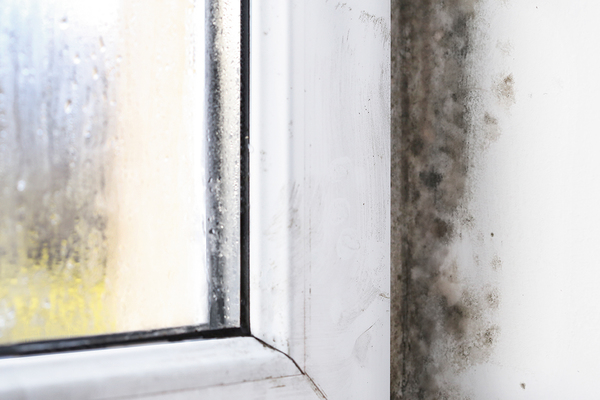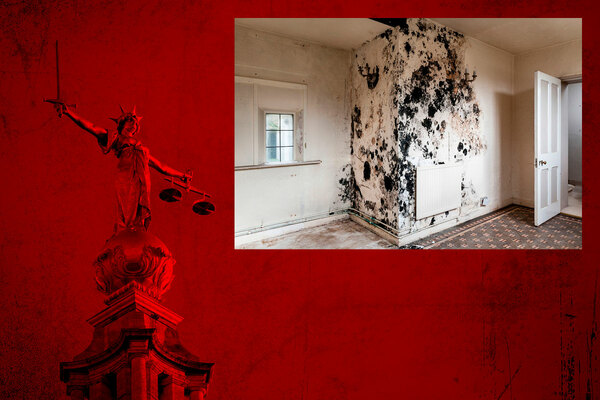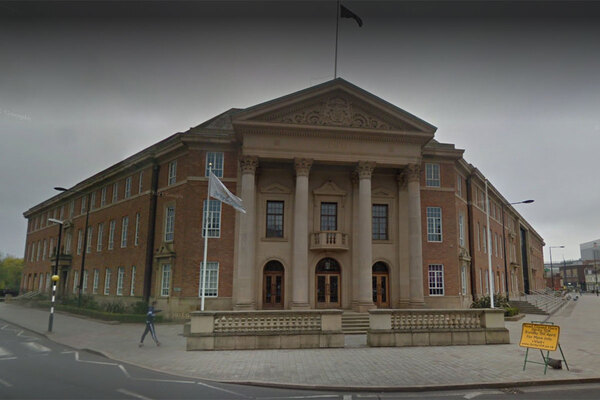You are viewing 1 of your 1 free articles
The new fitness for habitation act could radically change how the sector deals with defects
New legislation giving tenants the right to take action over disrepair in their homes could revolutionise how the housing sector deals with defects that pose a risk to health and safety, writes Kane Kirkbride
On 20 March this year the new Homes (Fitness for Human Habitation) Act came into force.
Its aim is to help drive up standards in rented homes in the social and private rented sectors, and to provide an alternative means for tenants to seek redress from their landlords if their rented property presents a risk of harm to the health and safety of the occupiers.
It does this by implying a term into every tenancy agreement covered under the act that a landlord must provide accommodation that is fit for human habitation.
This implied term applies to all new tenancies granted or renewed for a term of less than seven years and from 20 March 2020 it will apply to all existing periodic tenancies.
This new act matters because it kick-starts actions on a little-known provision under the Landlord and Tenant Act 1985, which fell out of use as it only applied to tenancies at a very low rent.
While it has been suggested that it merely adds to existing legislation, this undersells the act and how over time it could come to radically change how the sector deals with defects that pose a risk to the health and safety of a tenant.
The act has only recently come into force and so some questions do remain as to how exactly it will be applied in practice but there are many things that we do know, which social and private landlords ought to be aware of:
- The act will apply to most new fixed-term and periodic tenancies granted by housing associations and local authorities from 20 March 2019
- In a year’s time (20 March 2020) it will apply to all periodic tenancies
- Although part of the definition of unfit for human habitation is linked to existing legislation, part of it is in effect new by linking it to the list of prescribed hazards defined in the Housing Act 2004
- While there is a long list of prescribed hazards, the key issue in deciding whether a property is unfit for human habitation is whether there is a risk or hazard of harm to the health and safety of the occupier
- The new implied term overlaps with a landlord’s existing repair obligations but it is also wider than this in scope and will cover any defect which gives rise to health and safety issues
- This includes all parts of the building, so if the dwelling is a flat it will also cover health and safety risks in the common areas retained by the landlord (such as corridors and communal rooms or courtyards)
- Key health and safety hazards will include damp, lack of heating and fire safety risks to the building as a whole
- While this will not happen overnight, social landlords will face increasing numbers of claims over time
- The risk of a property being held to give rise to health and safety issues in court is likely to concentrate landlords’ minds on whether they should defend the claim or compromise at an earlier stage than is currently the case in responding to disrepair claims
While the act does not therefore revolutionise the current social housing system, it does provide additional rights to tenants.
Listen to a podcast on the new legislation:
Social landlords, whether they’re housing associations or local authorities, will need to take this change into account going forward so as to be equipped with any potential litigation and to find ways to resolve health and safety hazards to occupiers before they become contentious.
Kane Kirkbride, partner, TLT












